Top Tips for Travel Hubs
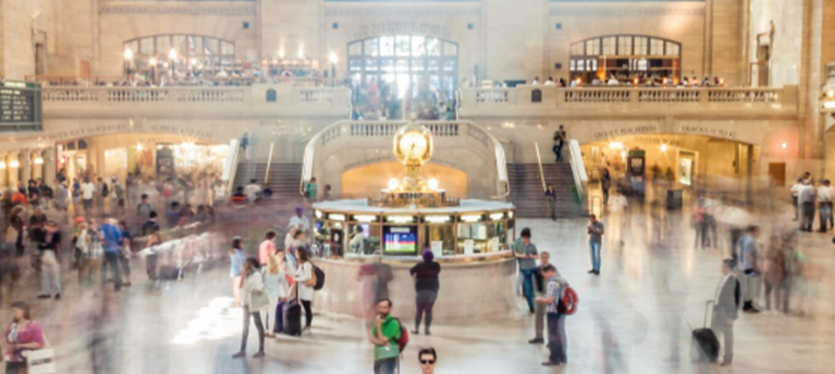
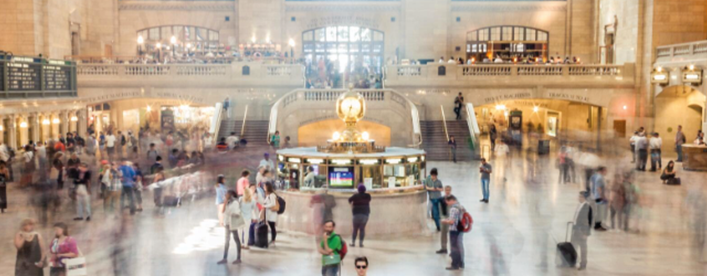
Good levels of disabled access at transport hubs like train stations, airports and bus stations is essential to make it easier for disabled people to travel and explore freely. Here are some of our tips to help you improve your transport hub’s accessibility.
Provide plenty of information
93% of disabled people try to find disabled access information about somewhere before visiting for the first time. People have different access requirements which is why it helps to give clear and detailed advice and information. Avoid using generic phrases like "fully accessible", which really do not help explain what your transport hub is like. The vast majority will look for your venue's disabled access information online, so make sure it is listed on your website, easy to find, and listed on Euan's Guide.
Bookings and Booking Special Assistance
Ideally, there should be options for disabled people to book on the day of travel just like everyone else. However, if assistance has to be booked in advance, make this clear. Regardless of whether or not bookings have to be made in advance, make sure you give people different options for booking. For example, give people the option to book assistance on your website, over the phone, through text or via email. Don’t forget to add useful information on procedures, health and safety, time limits and parking options, accessible routes and entrances for people when they are booking.
Transport for London has a Turn-up-and-go service which means travellers on London Underground and London Overground do not need to book assistance in advance.
Parking
If you’re planning a long journey by bus, train, or plane, sometimes the first worry is being able to park safely at the transport hub itself. If there is more than one car park, consider where is the best place to mark accessible parking bays in relation to the entrance or other amenities. Sometimes, Blue Badge users cannot get to the transport hub unless they drive, so parking charges should not be to the person’s detriment.
Staff training
Consider appointing Access Champions within your organisation who can be a point of contact for anyone with accessibility related questions. This means that accessibility will remain on the agenda and help to ensure that enquiries are dealt with promptly and accurately.
Hidden disabilities
To help those with hidden disabilities, the sunflower lanyard scheme is useful. These, alongside staff training, ensure that staff are aware when a person may need extra help around the transport hub. There are also card schemes where people can ask for assistance discreetly and easily. Take a look at the Helping Hand Scheme for bus users in Brighton & Hove and the “Just a Minute” JAM cards, recognised at George Best Belfast City Airport.
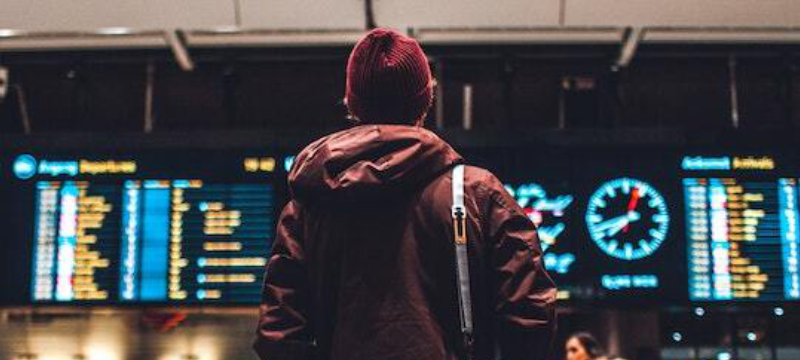
Signage
Signs to step free routes, ticket machines, ticket desks, toilet facilities and other important services should be visible and available to everyone. This should run throughout the transport hub and this also applies to signs outside the hub.
Accessible Toilets
If they aren’t already, toilet facilities should be free, cleaned regularly, safe and accessible with all the space and equipment required. Install a Changing Places toilet and make sure everyone can access it, whether they are arriving, departing, dropping off or collecting.
You can find more guidance on accessible toilets here.
Alternate arrangements
If a bus or train is cancelled or delayed, information on what will happen next should be clear and available. What service can you offer if all the spaces for wheelchair users are full? Brighton & Hove wheelchair taxi guarantee scheme, for example, ensures that if a wheelchair user is unable to get on a bus for whatever reason, they can choose to wait for the next bus or have taxi transport arranged free of charge. Taxi transport will then take them to their final destination. This gives power to the individual as they can choose how they travel going forward.
Combating past negative experiences
Wheelchair users may have had a negative experience when using particular methods of transport in the past. For example, they may have had uncomfortable experiences when flying as they are not allowed on the plane before other passengers board, they are manually lifted incorrectly, or other airport communication is lacking which creates a nervous situation. Providing detailed information on the process at your airport and guaranteeing that this will be the case could make people more comfortable. Communication between transport hubs is extremely important in reassuring passengers that their journey will be smooth on both ends.
Now that you’ve read our tips don’t forget to list your transport hub and its disabled access information on Euan’s Guide so that all your visitors have a clearer idea of what to expect. List on Euan’s Guide.
Already listed? Login to check that your details are all up to date. Login to check your venue listing.


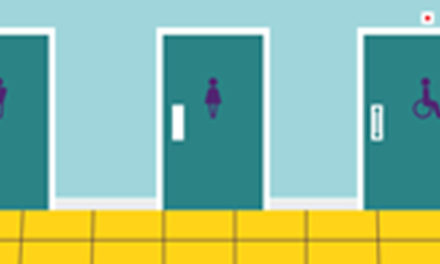

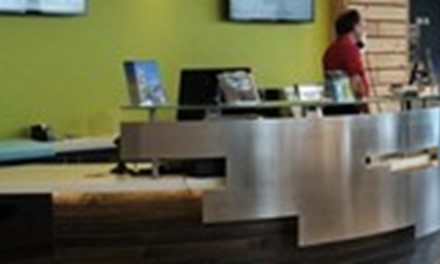

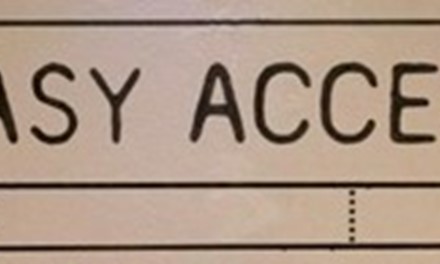



 Follow Euan's Guide on Instagram
Follow Euan's Guide on Instagram
 Follow Euan's Guide on LinkedIn
Follow Euan's Guide on LinkedIn
 Follow Euan's Guide on Facebook
Follow Euan's Guide on Facebook

